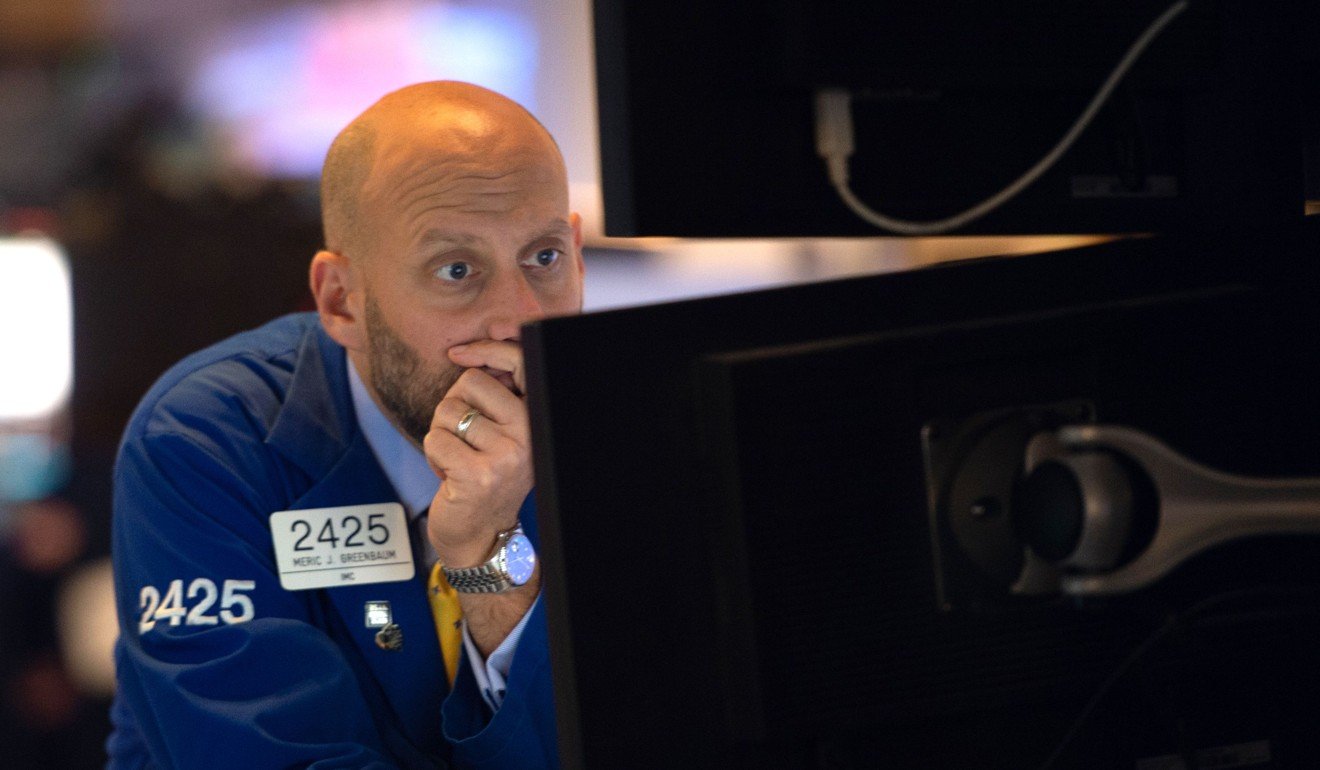
Asia’s 2008 seer is worried all over again
Indian economist Raghuram Rajan, who correctly called the subprime crisis, is worried about growing imbalances and the possibility of another global shakeout
In 2016, around the time Britons were dealing with “Brexit” trauma, Indians were bracing for “Rexit”.
The reference here is to Raghuram Rajan, the then-outgoing Reserve Bank of India governor. Previously, Rajan was chief economist of the International Monetary Fund from 2003 to 2007. His real claim to fame, though, was so vocally predicting the subprime crisis. Rajan was dismissed as a Chicken Little – until Lehman Brothers collapsed in 2008, vindicating him.
In 2013, he returned home to steer India around the “taper tantrum” devastating emerging markets. He quickly tamed inflation, steadied the rupee and stabilised banks. Rajan reassured credit-rating companies tempted to slap a “junk” label on India. In September 2016, he stepped back into the private sector – to the University of Chicago.
Last week, Rajan re-entered the fray with a fresh warning that should worry Asia: complacency and boosterism have returned to the world’s biggest economy.
Rajan hasn’t lost his keen sense of timing. The October 11 piece dropped just as finance ministers, central bankers and financiers from around the globe were in Bali for the annual meetings of the IMF and World Bank. Only this time, it’s impossible to swat away his concerns, not with the Indian rupee, Indonesia rupiah and Philippine peso in virtual free fall.
President Trump’s bizarre “crazy” attack on the Federal Reserve chairman he hired in February only added to the air of chaos. US Treasuries are the linchpin of global finance. The last thing export-reliant Asia needs is for Trump to be bashing the guardian of the reserve currency. The same goes for, in Rajan’s words, “Trump’s threats to trade” via escalating tariffs.

Yet Rajan’s worries about imbalances are more to do with the undercarriage of the US than just Trump’s assault on trade. As a former central banker, Rajan was careful not to call US stocks a bubble, but he might as well have. Trump’s US$1.5 trillion tax cut is being poured into an economy already at full employment (with the jobless rate registering just 3.7 per cent). That is creating froth with a risk of heightened inflation. As such, the Fed is right to be tightening, no matter how much Trump protests.

Rajan worries, too, that developing Asia isn’t well-positioned for renewed turmoil. Take the rupee’s 15 per cent drop versus the dollar this year. The same with the rupiah (down 12 per cent) and the peso (down 8.5 per cent). But China is the real threat to regional growth and stability.
Data on exports, fixed-asset investment and purchasing managers’ orders suggest China is undergoing a marked downshift. “China,” Rajan argues, “is a prime destination for many emerging-market exporters, and its economy has been slowing.” That, even before Trump adds to the US$250 billion of mainland goods he’s already taxing. It is a given that he will.
Asia has come a long way since its 1997 crisis and Wall Street’s a decade later. Financial systems are sounder, governments are more transparent and currencies are more flexible. Sadly, the US is going the other way, regressing in ways that imperil the global economy. Of that, Rajan, seer of the 2008 crisis, makes too good a case to ignore.
William Pesek is a Tokyo-based journalist and author. He has written for Bloomberg and Barron’s

